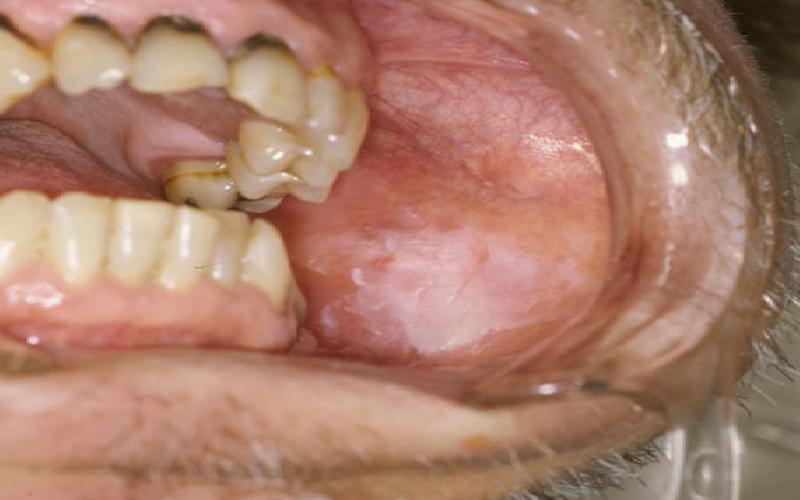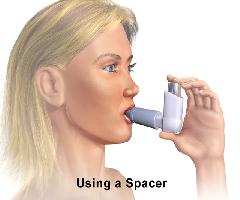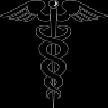Oral or mouth cancer is one of more common forms of cancer. Like other cancers, its cure and survival is also critically affected by an early and timely diagnosis. It is important that we are aware of its earliest signs, and are alerted by their presence, to seek further medical advice and help.
Oral cancer
Oral cancer or Mouth cancer is one of the most common forms of cancer. In United States alone, around 64,000 persons are expected to be diagnosed with it in 2008. Most often it is associated with tobacco products or smoking. Other risk factors include alcohol, family
history, chewing of arecanut and Human Papilloma Virus infection.Early diagnosis as key to survival
There are four stages of cancer depending upon its size and spread. In the first two stages, the size is less than 4 cm, and there is no spread to any other part. Till this time, oral cancer is easily treatable by surgery along with adjunct chemotherapy or radiation, and if treated up to this stage, the survival is very high and death is rare. However, once it enters the third stage, the prognosis drastically deteriorates.
Challenges in early diagnosis
In spite of the fact that survival depends upon early diagnosis of oral cancer, most cases are diagnosed only after they have crossed over to the third stage, with a size of over 4 cm, and spread to lymph nodes or other parts of the body. This is mainly because in the early stages, oral cancer is almost without any symptoms, and poses only minor discomfort that is often not taken seriously enough by the patient.
Ironically most cases of early cancer may be diagnosed if examined properly by an expert surgeon, oncologist or dentist. Simple and easy to perform tests are also available for their conformation, and many a times it is possible to even diagnose a pre-cancerous condition, i.e.. a condition that has yet not developed in to cancer or has just entered the first stage. Needless to say that such an early diagnosis will greatly enhance the chances of survival, and yet most of times, it is missed because of lack of awareness about early signs of cancer.
Early signs of oral cancer
I. PRECANCEROUS LESIONS: These lesions often appear even before the cancer itself makes its appearance. If identified timely, these can help in very early diagnosis and treatment. They are:
-
LEUCOPLAKIA (WHITE PATCH): A white painless patch, mostly on the buccal mucosa or any place in the mouth, is a precursor of oral cancer, and can be easily observed and diagnosed by a dentist or surgeon.
-
ERYTHROPLAKIA (RED PATCH): A red patch, it is sometimes associated with leucoplakia, and occurs without trauma or pain. It has a high probability of growing into malignancy.
-
SUBMUCOSAL FIBROSIS: A typical condition seen in South Asia, it involves fibrosis of oral mucosa, with difficulty in opening of mouth. This is usually associated with areca chewing or tobacco use.
II. EARLY CANCER: In early stages, oral cancer
is usually not very symptomatic, and whatever complaints are there, may be easily overlooked resulting in loss of precious time and with it an opportunity to remove the lesion. Thus it is very important to know the forms in which oral cancer may occur and the symptoms that it may produce.-
MOUTH SORES: Sores that do not resolve within 14 days must be examined extensively by an expert. Cancer is not the only cause of such sores, but screening for cancer in such a case is essential, especially if it happens in a person above 50 years of age.
-
LUMP: Any lump, even of the smallest size should be properly examined in an older person, and if necessary, screened for cancer.
-
DIFFICULTY IN SWALLOWING: If there is no apparent reason or such a problem, it is preferable to get the problem examined by a medical expert.
-
PAIN & OTHER SENSATIONS: Pain and other sensations appear somewhat later, but whenever a lesion in the mouth, whether an ulcer or a lump is present for more than two weeks and associated with pain in an person above 50 years, immediate attention should be given to its diagnosis.
Screening and Diagnosis of Cancer
Screening for oral health and hygiene should be a regular part of medical examination, and while doing so in a person with known risk factors, particularly family history, smoking and alcoholics, it should be done with attention towards cancerous and precancerous lesions. A five to ten minute examination by an expert is all that may be required.
In case of a suspect lesion being found, there are certain very simple tests available. One of them is the 'TOLUIDINE BLUE' test where the application of 1% oral mouthwash of toluidine blue invariably stains the precancerous and cancerous lesions, though it may also stain non-cancerous lesions.
Further testing is required by way of BIOPSY which alone can confirm an early stage oral cancer. In very small lumps it may be better to do it as EXCISION BIOPSY, wherein the lump is removed surgically and examined later, to ensure it is not spread by biopsy. To sum up, early diagnosis of oral cancer can be the difference between life and death, and for this purpose, awareness about oral cancer and its early signs can play a very important role.











